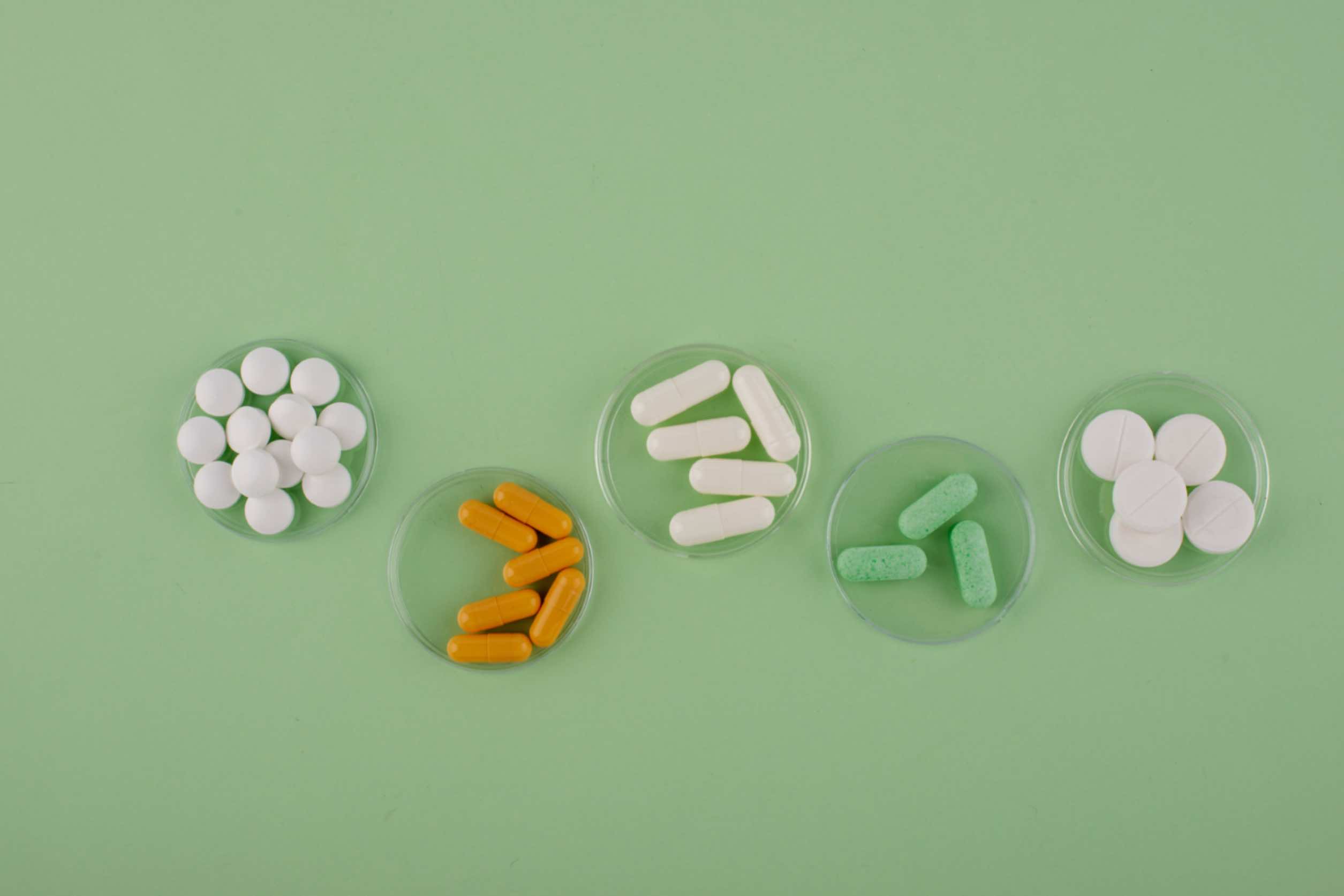Americans are burdened with some of the highest prescription drug costs in the world, causing many to delay or forego necessary medication. However, there is hope for cost savings through the use of generic and biosimilar drugs.
High Sticker Price of Drugs
If the high price of a medicine has made you think twice about filling a prescription, you are not alone. Recent studies show that almost 13 million Americans delay or don’t fill a prescription at all because of high costs. Many lean towards generics, when available. The average generic out-of-pocket is just under $7 compared to $56 for the average name-brand copay.
Generics have long been a staple of cost-saving measures, but biosimilars are a newer, more complex option.
What are Biosimilars?
Biosimilars are biological drugs that are similar to FDA-approved brand drugs, and they are used to treat serious conditions such as autoimmune disorders and cancer. While they are not exact copies of the brand drug, they have similar clinical benefits and risks. Copying a biologic drug to make the more affordable biosimilar, is much more complicated than making a generic version of a drug.
Over the next five years, biosimilars are projected to save $133 billion to the US healthcare system.
Together, generic and biosimilar drug savings totaled $338 billion in 2020 alone and are expected to save trillions over the next ten years.
Biosimilars vs Generics
What’s the same: both are lower cost options that will expand treatment options and improve the quality of healthcare.
What’s different: Generic version of a drug has the exact same active ingredient as the brand. Biosimilars are NOT the exact copies of another biologic; however, clinically the benefits and risks are the same.
For generic drugs, the standard manufacturing process is easily repeated but biological drugs have much more variation in processing.
As a result, the FDA approval process is also more complex.
Currently, there are 40 biosimilar drugs approved by the FDA (Food and Drug Administration).
Top Performer
In 2022, the anti-inflammatory drug Humira (adalimumab) generated more than 21 billion U.S. dollars of revenue. It is one of the best-selling drugs of any kind in the world.
In January 2023, AMJEVITA, a biosimilar for Humira (adalimumab), became available in the US with more biosimilar expected later this year.
“A billion here, a billion there, and pretty soon you’re talking real money.” This quote (reportedly made by a US Senator) shows the impact that the cost savings from biosimilars could have.
A discount on a $10 prescription is small; but the discount on a $50,000 biologic would be a substantial savings.
Bottomline
It is important to note that interchangeable biosimilar products may be substituted without the intervention of the healthcare professional who prescribed the reference product, subject to state pharmacy laws. This could lead to even more widespread use of biosimilars and cost savings for patients and the healthcare system.
In summary, biosimilars offer a promising option for lowering prescription drug costs in the US. While they are more complex than generics, they have the potential to save the healthcare system billions of dollars over the next decade. By expanding treatment options and improving the quality of healthcare for patients, biosimilars are a step toward greater access to life-changing medications.
Picture by Freepik

Thank you, You will be automatically subscribed to the our newsletter.